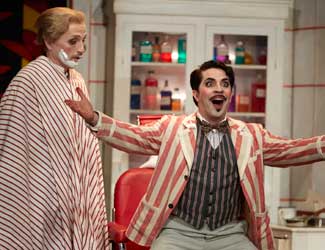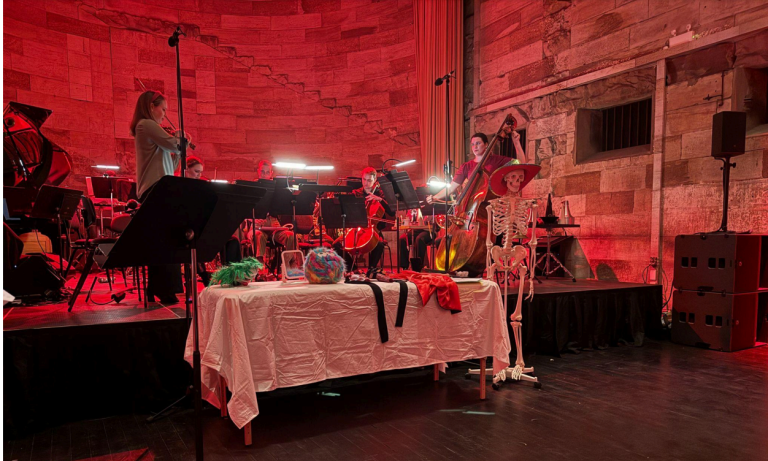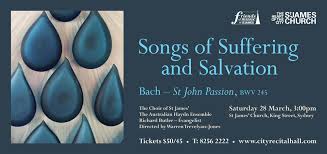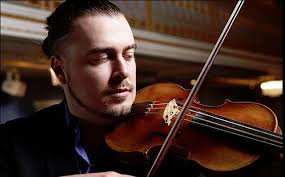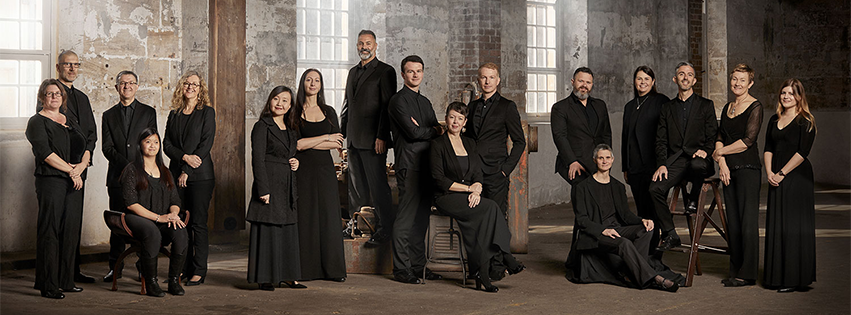Opera Review: The Barber Of Seville/ Opera Australia
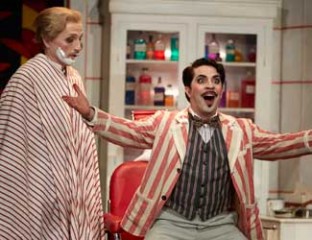
The Barber of Seville – Gioachino Rossini
Opera Australia, 28 January 2016
Joan Sutherland Theatre, Sydney Opera House.
Elijah Moshinsky’s 1995 production of Rossini’s Barber of Seville has proven, over the subsequent 20 years, to be one of the company’s most popular and enduring. Although set in the 1920s it is an otherwise traditional production which provides a fine showcase for new generations of singers. It also underlines the importance to the company of acquiring coherent productions which are artistically satisfying as well as being good long-term financial investments.
High spirits and entertainment are the hallmarks of this production. After the opening outdoor scene, which contains numerous amusing sight-gags, the remainder of the opera is set in Dr Bartolo’s house. In Michael Yeargan’s inventive staging this consists of six rooms on two levels which literally set the scene for a busy production which sometimes becomes hyper-active. Occasionally there is more activity on stage than can be followed. This of course, is the visual counterpart to the bustling moments in Rossini’s bubbling score.
The revival this season by Hugh Halliday retains all the energy of the original production and subsequent revivals – as well as supplying several amusing additions. The costumes of Dona Granata and the lighting by Howard Harrison all boost the success of the production.
The Italian baritone Paolo Bordogna sings the title role, following his performances last year in the ‘other’ Figaro role in Mozart’s Marriage of Figaro. Bordogna moves energetically and has a natural stage personality. Starting with his show-stopping first entry, he delighted the audience all night. His singing was strongly projected, especially in his upper register and his delivery of the Italian patter verses was excellent.
Rosina was sung by the young Australian mezzo-soprano Anna Dowsley who is now beginning to sing major roles with the company. She started somewhat carefully but her characterisation developed during the course of the performance. Her voice is well suited to the role and she was mischievous and sprightly in turns, as the role requires.
American Kenneth Tarver makes his debut with Opera Australia singing Count Almaviva. He has an attractive, lighter tenor voice well suited to bel canto roles such as this. His singing was stylish and nicely phrased though some of the coloratura was not ideally articulated. Visually, he is tall and slim and makes a fitting, somewhat impish romantic lover.
Warwick Fyfe sang Dr Bartolo in the most recent revival of this production in 2011 and now returns to the role. Fyfe characterises the covetous guardian nicely while resisting the temptation to overplay it. He brought his customary vitality to the role, sang well and had full command of the role’s rapid patter lyrics.
Don Basilio was sung by David Parkin who was in fine voice. His strong bass sound was complemented by his imposing stage presence. The role of the maid Berta is vocally quite brief but in this production she is on stage for much of the time. Jane Ede fulfilled all the dramatic requirements of the role and in her last act aria she displayed a nicely rounded tone and a steadier voice than many who sing the part.
Samuel Dundas played no fewer than three small roles. As Fiorello and the notary he displayed his dramatic versatility and fine baritone singing. As the non-singing Ambrogio, he must be especially complimented on a highly amusing deadpan performance of complete apathy. James Olds also acquitted himself well in the small role of the Officer.
The orchestra was conducted by the Italian Andrea Molino who opened with a well-shaped performance of the overture. Throughout the evening the orchestra played with unanimity and precision, supplying some excellent wind solos. There were occasional difficulties of coordination with the singers, which may be attributed to the height of the second storey of the set which often placed the singers at some distance from the conductor and the orchestra. The men’s chorus does not have a lot of work in this opera, but they are required to do rather more acting than usual, and this they carried off well.
The Barber of Seville is an enjoyably light opera that provides an entertaining evening in the theatre. As such, it can be recommended as a very enjoyable introduction to opera for newcomers – especially in this often farcical production. Performances continue in the Joan Sutherland Theatre of the Sydney Opera House until 22 March with major cast changes from 26 February onwards.
Larry Turner for SoundsLikeSydney©
Larry Turner has been singing in choirs for many years – both in Sydney and London. He is an avid attender of operas and concerts, with an emphasis on vocal music. He particularly enjoys music from both the great a capella period and the baroque – especially the lesser-known works of Bach and Handel. He has written programme notes for Sydney Philharmonia, the Intervarsity Choral Festival and the Sydneian Bach Choir and is currently part of a team researching the history of Sydney Philharmonia for its forthcoming centenary.

